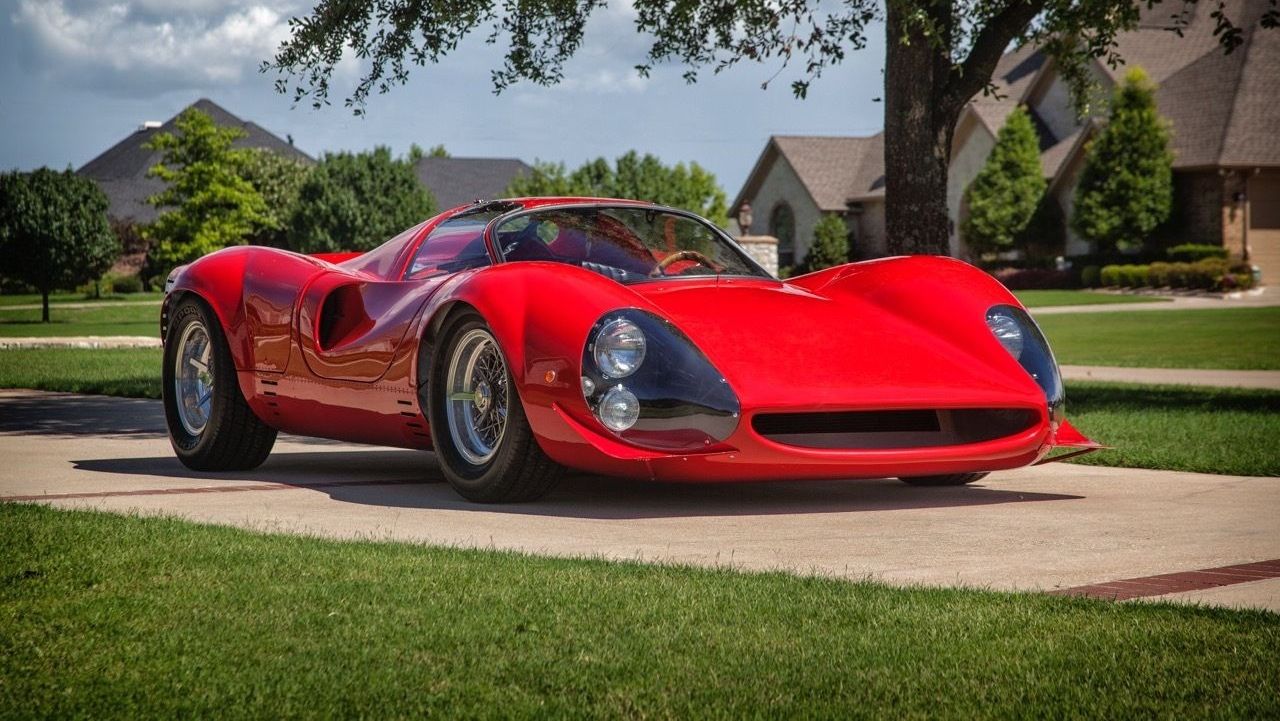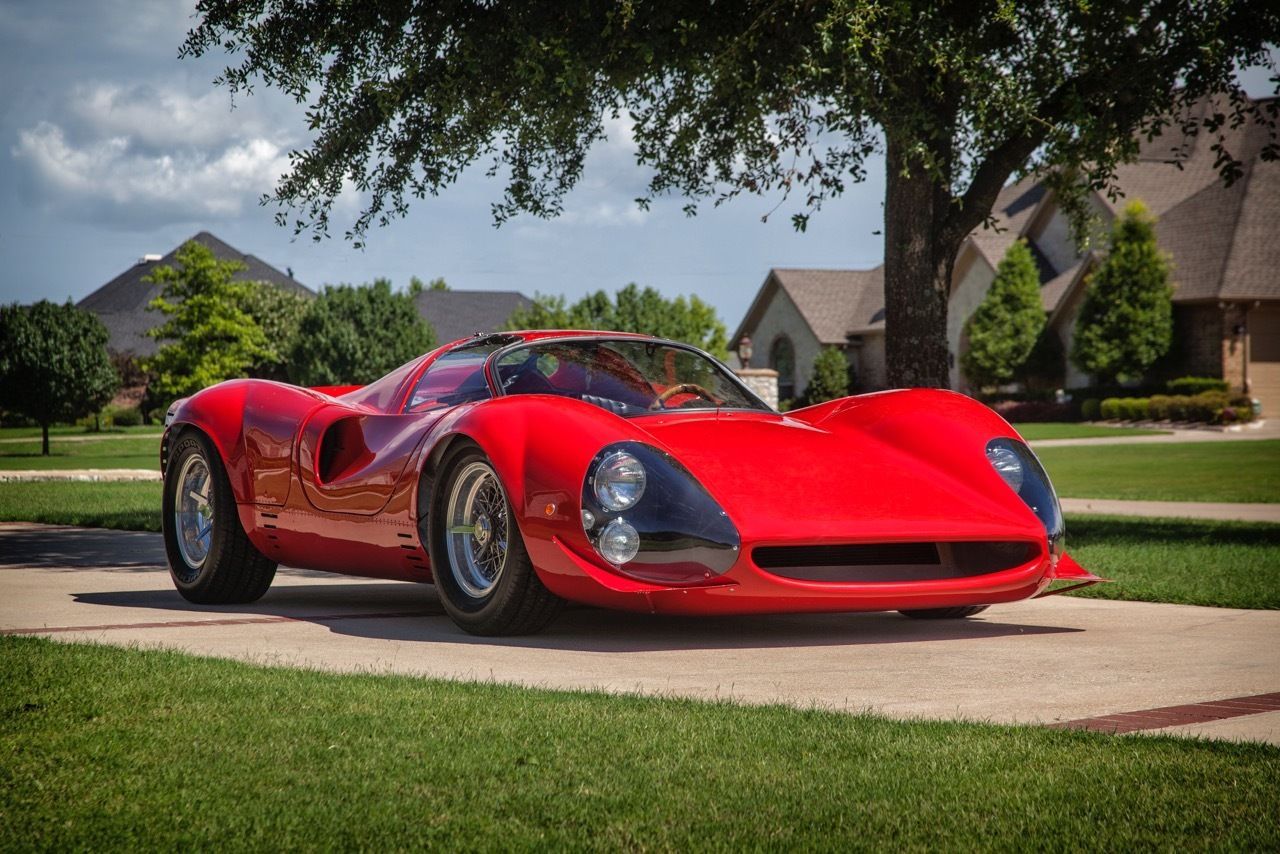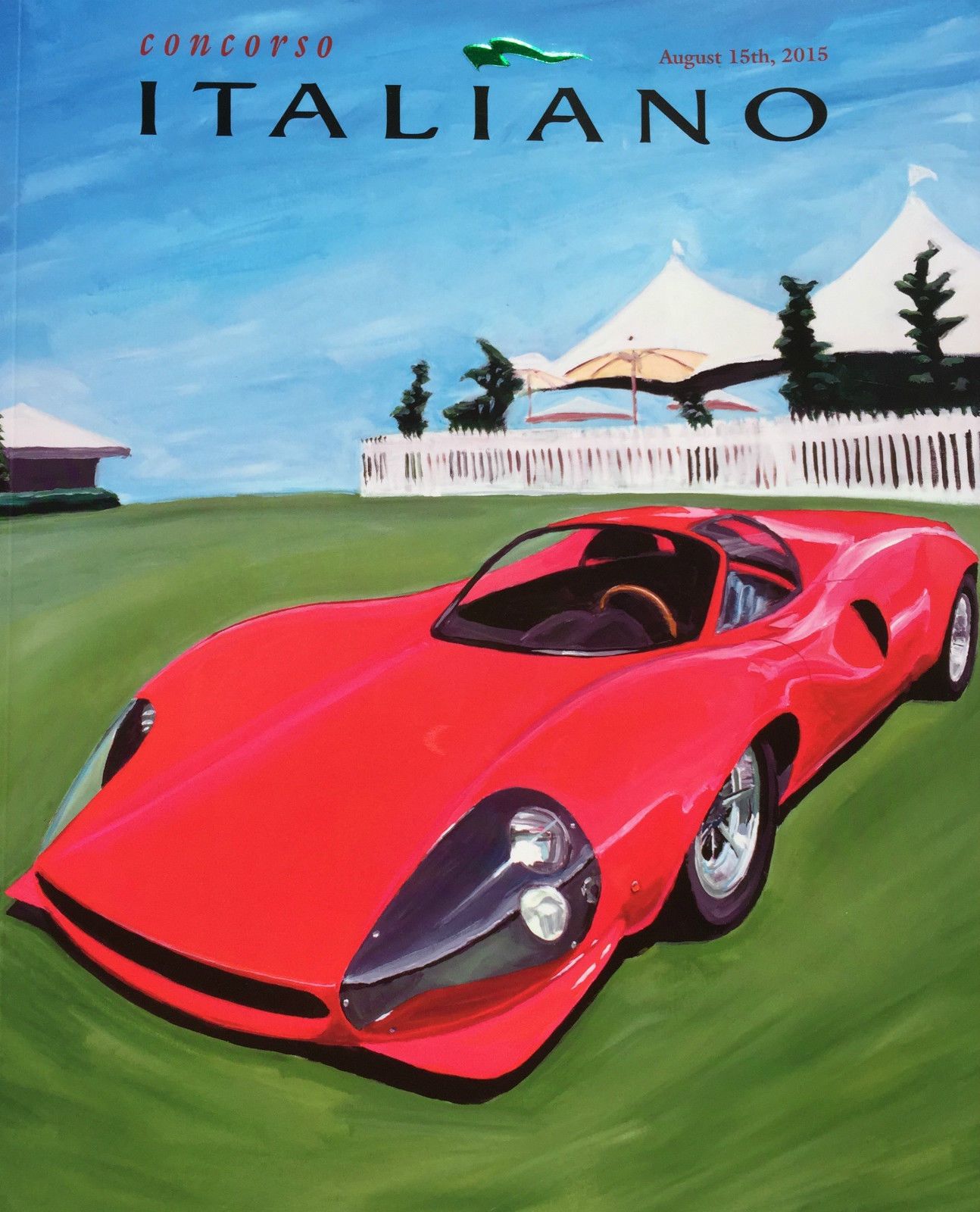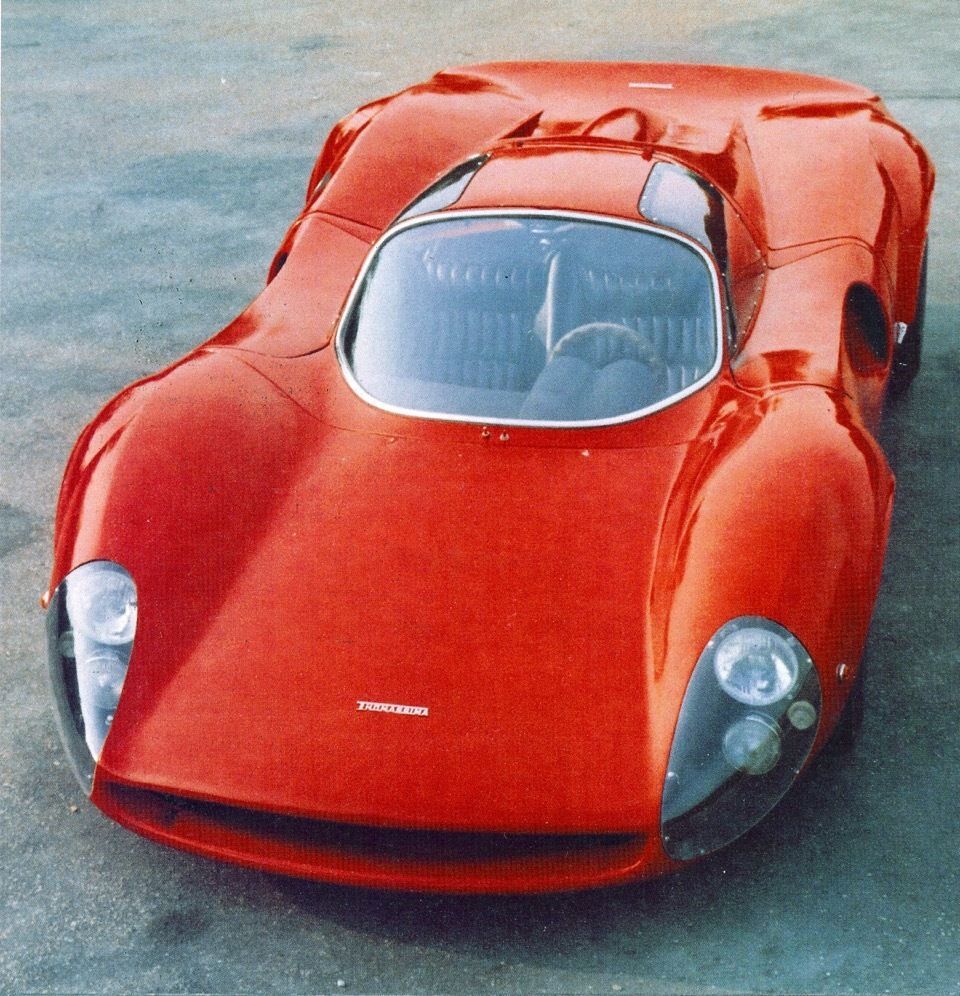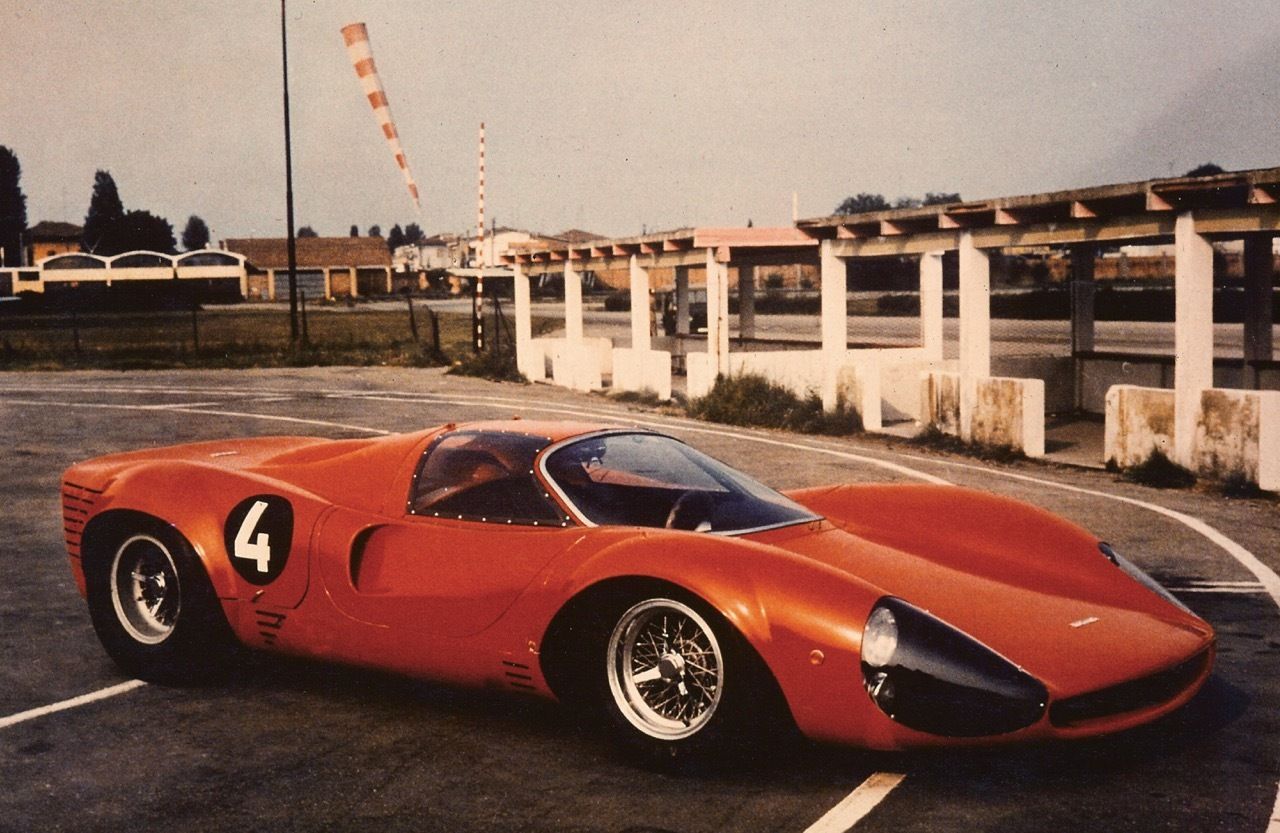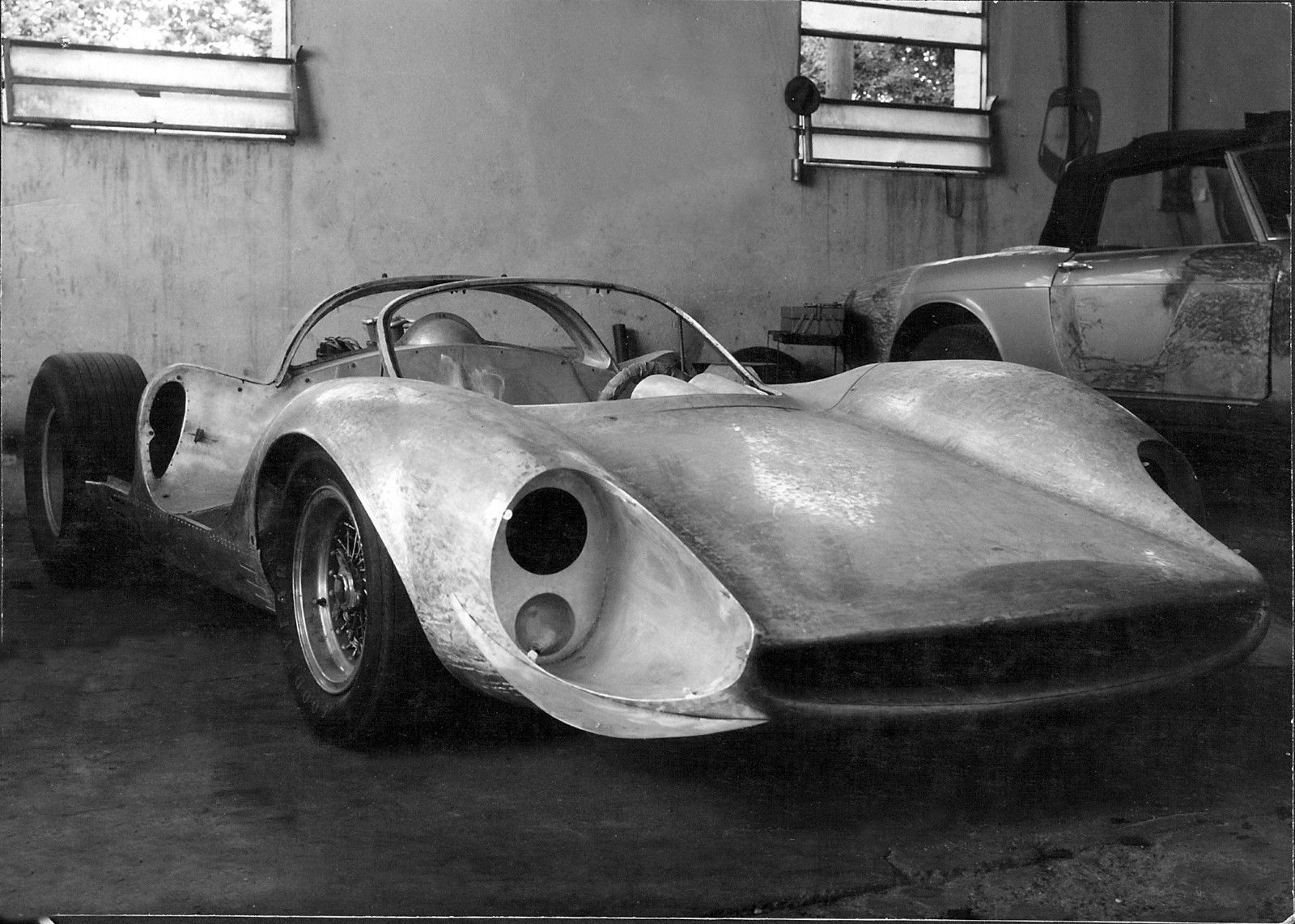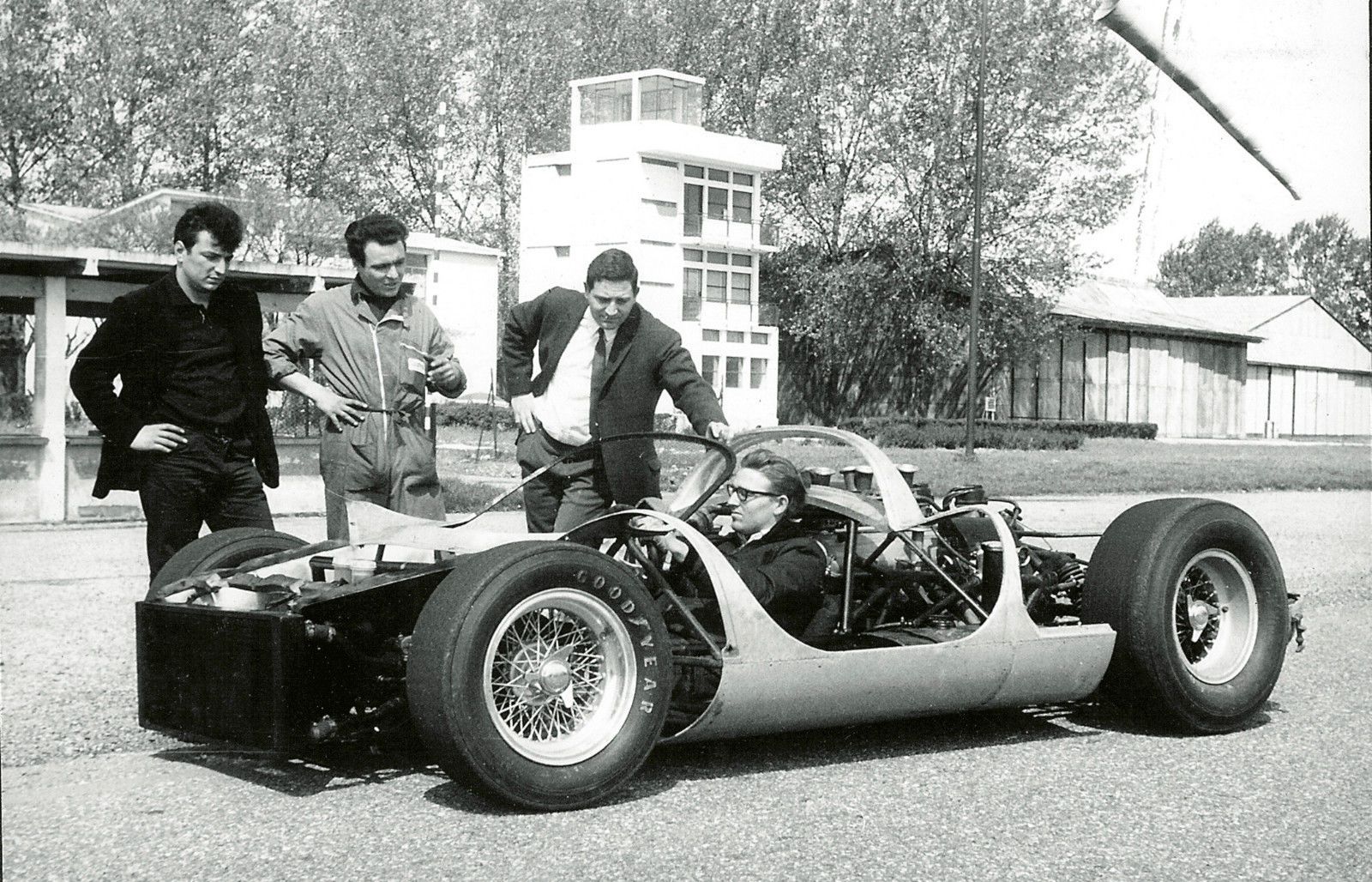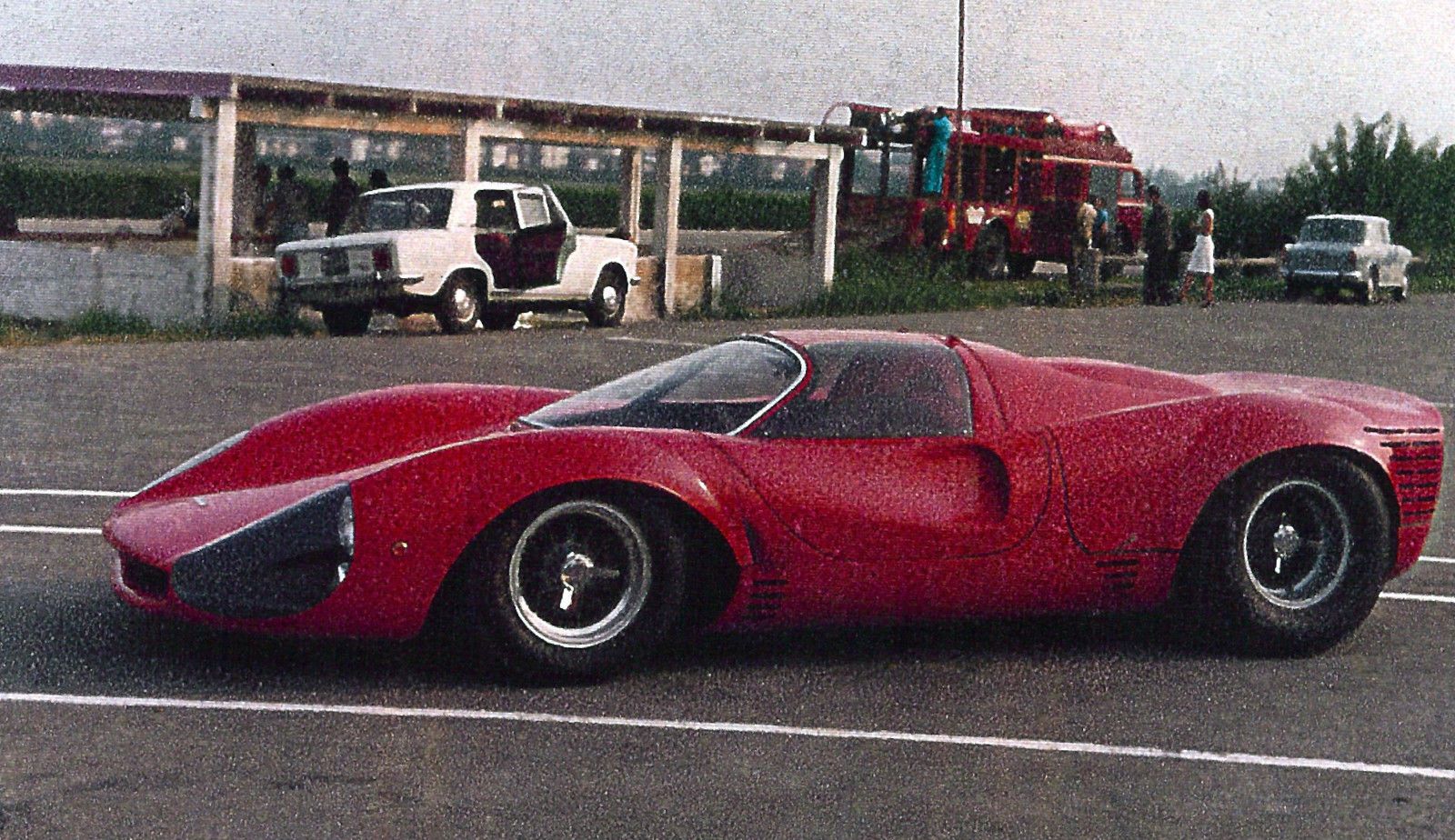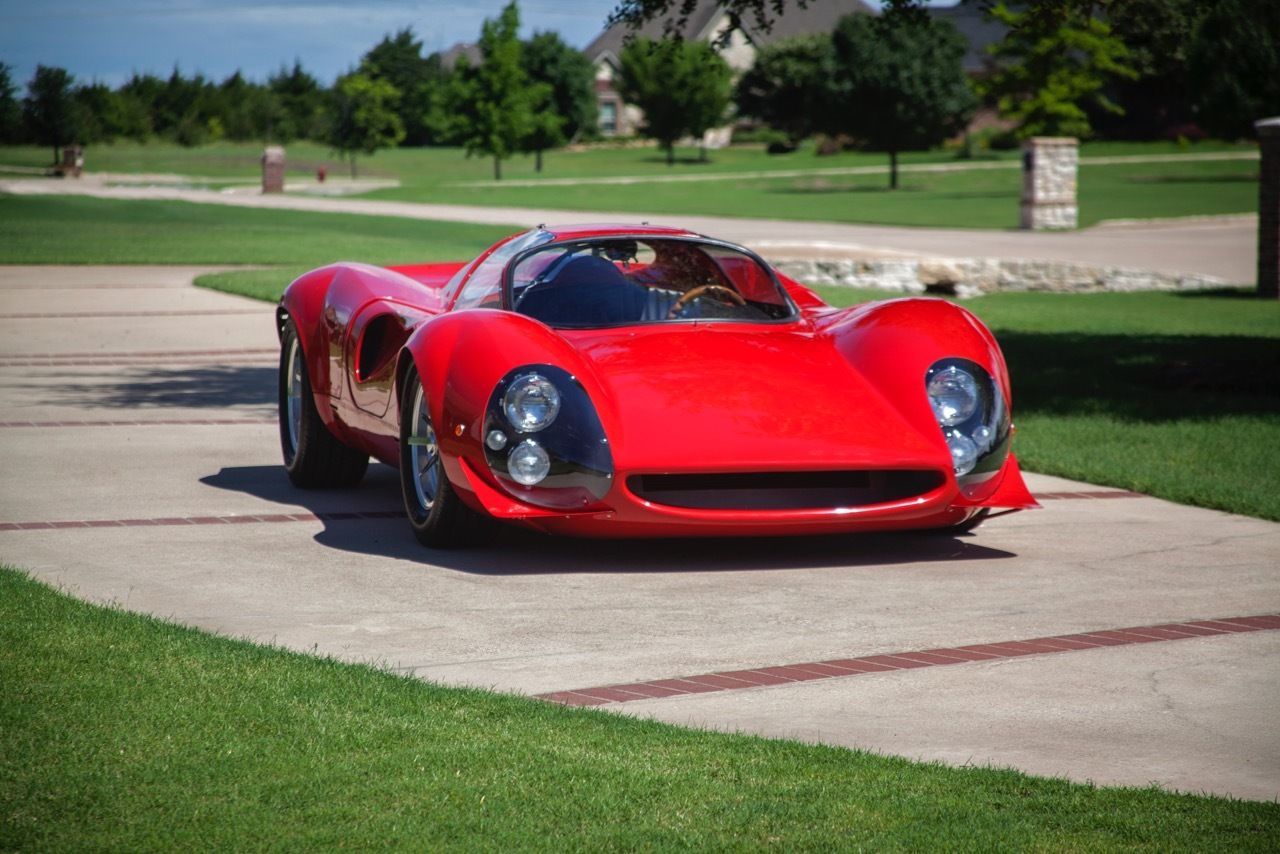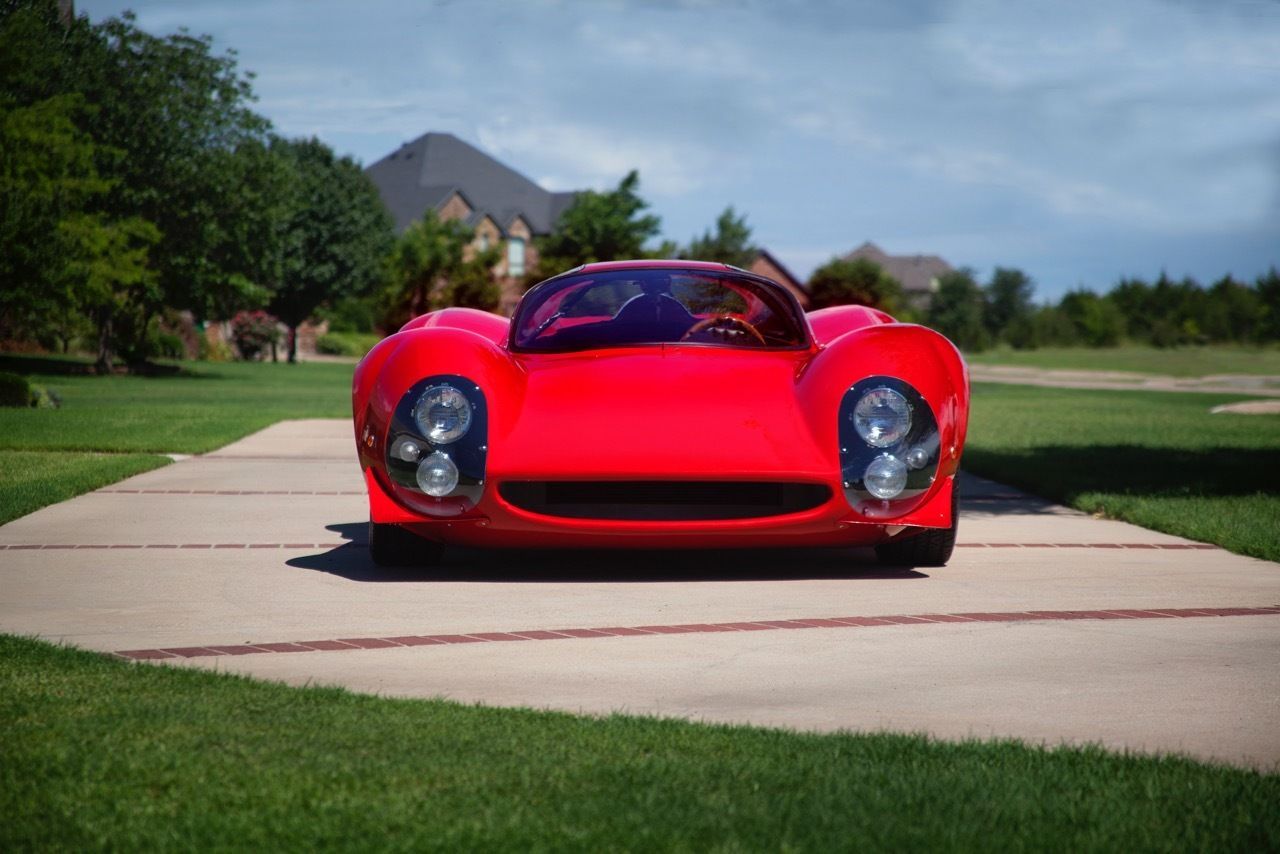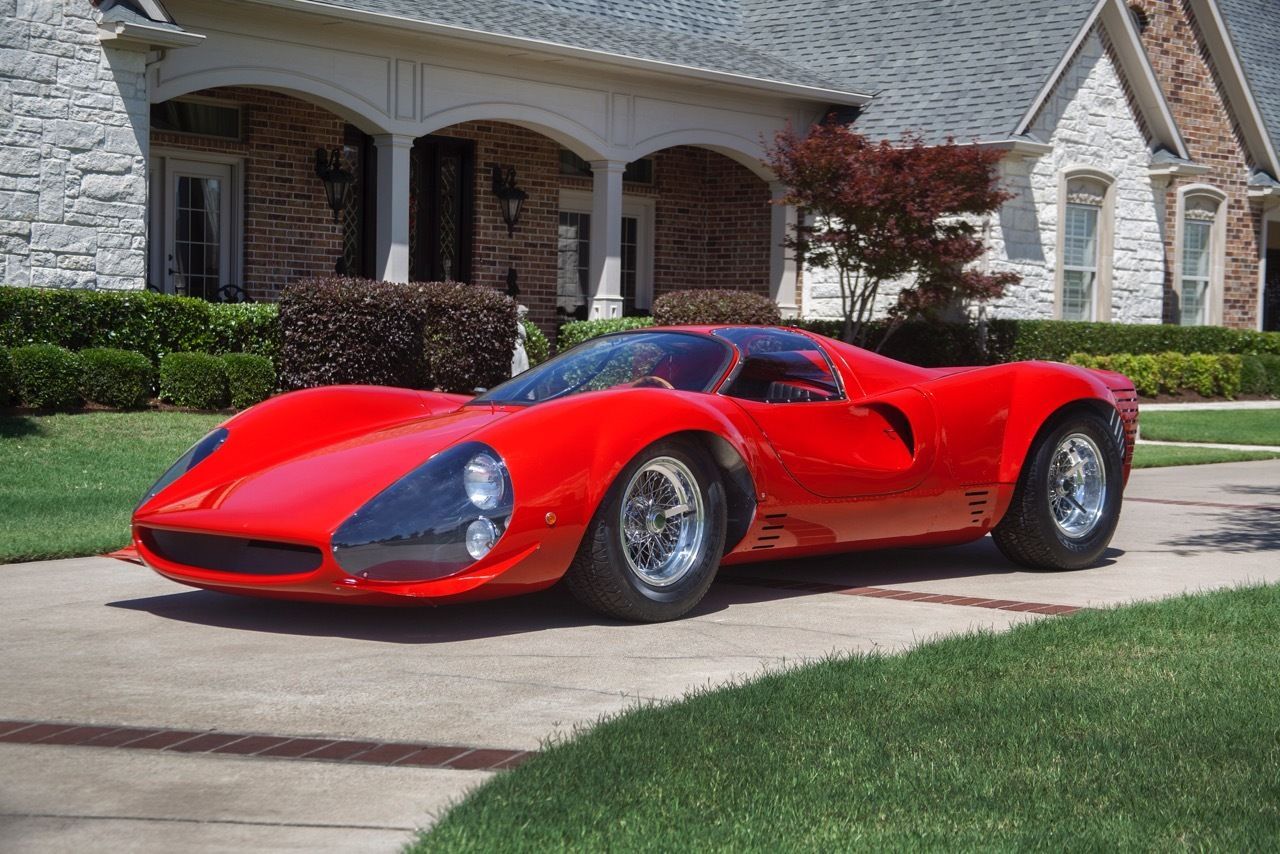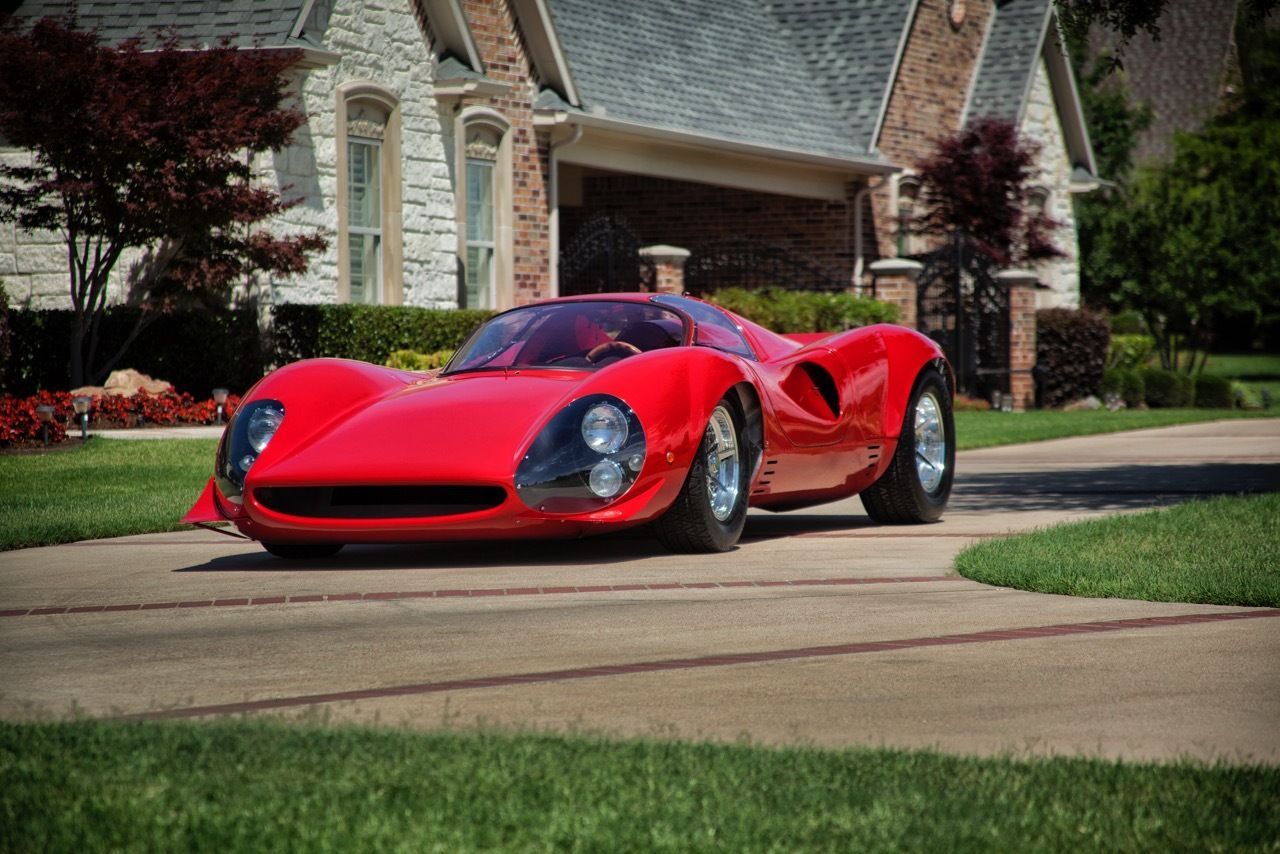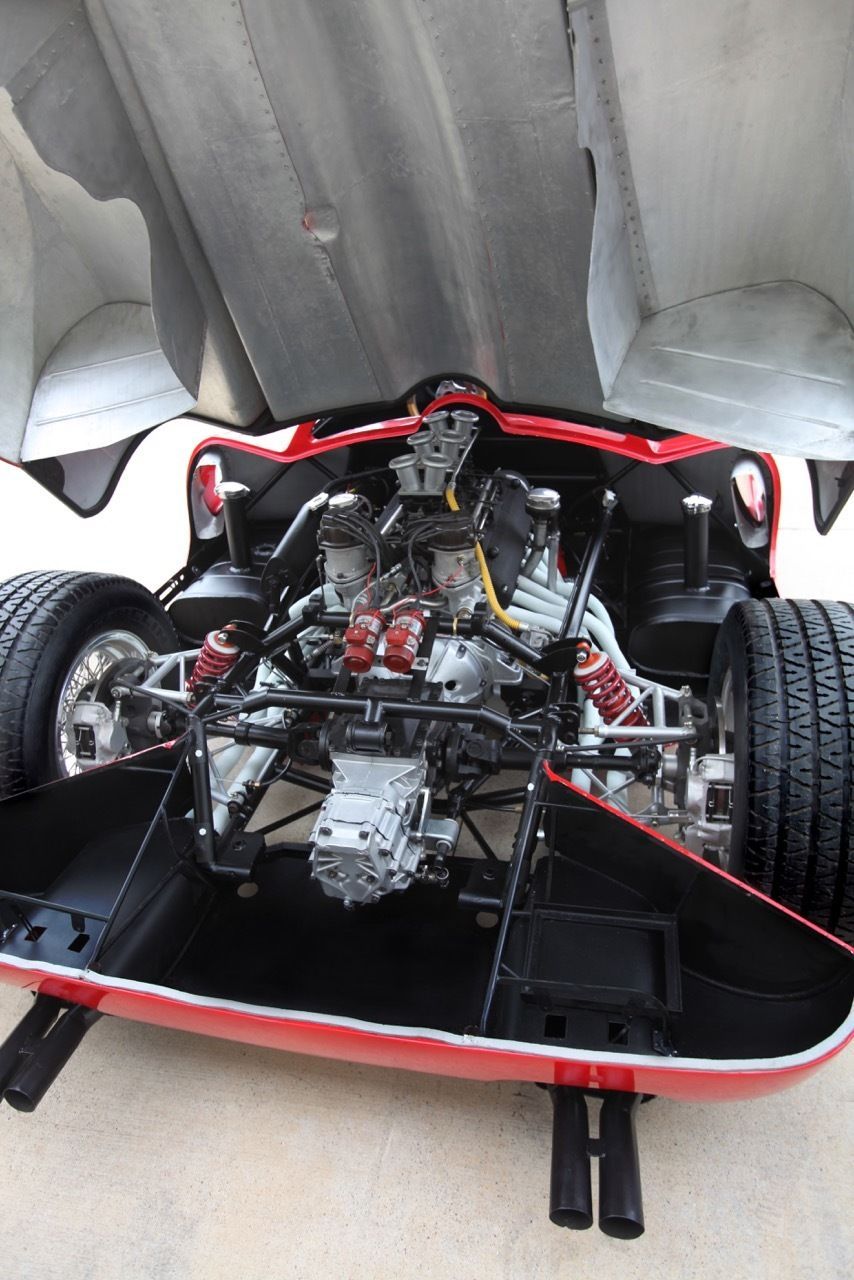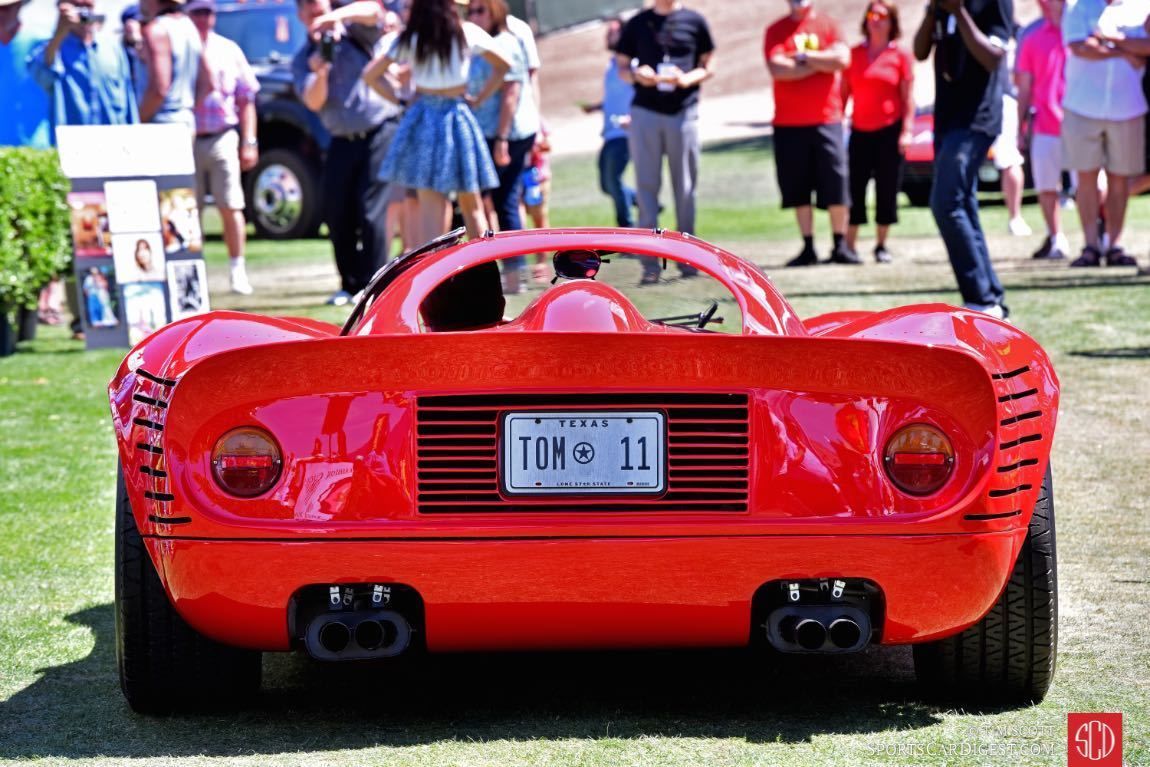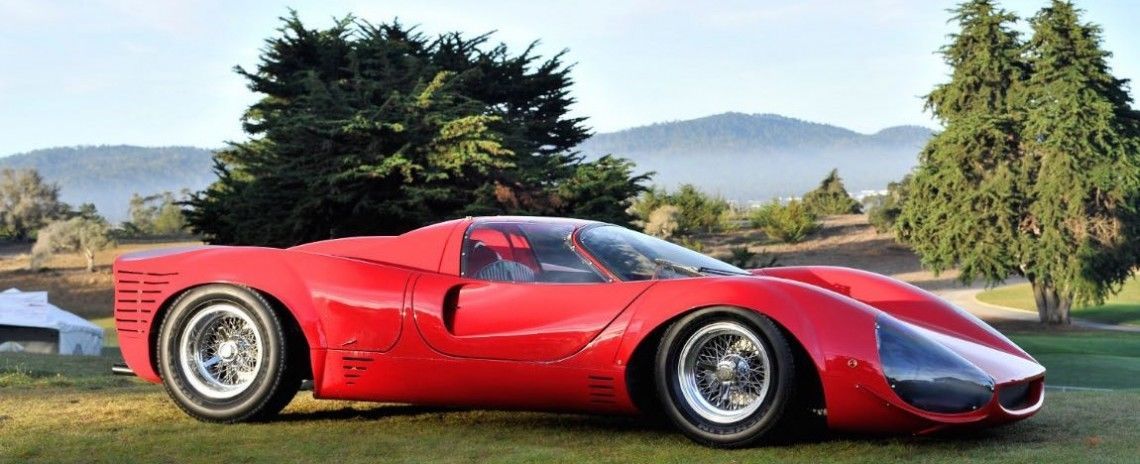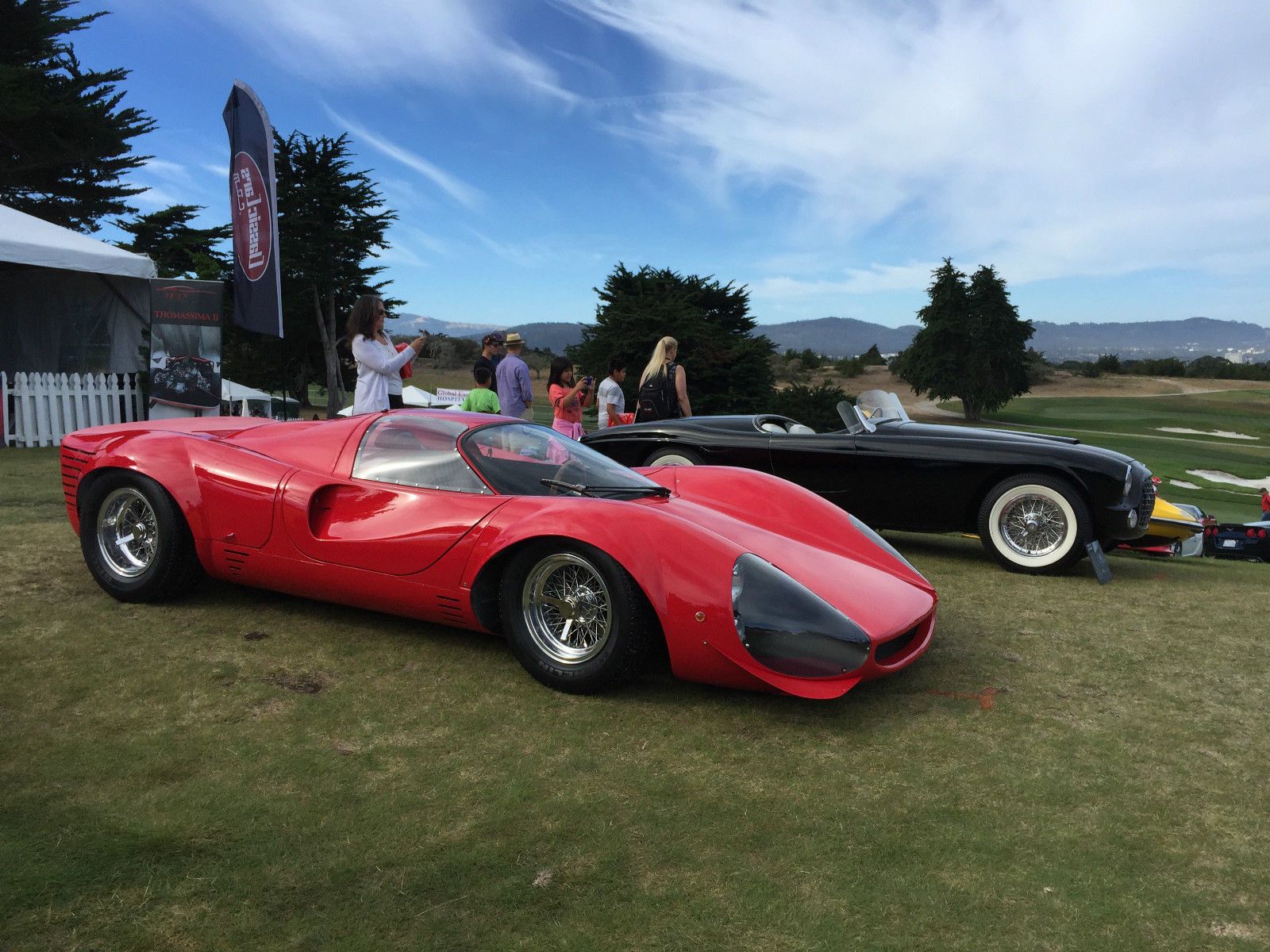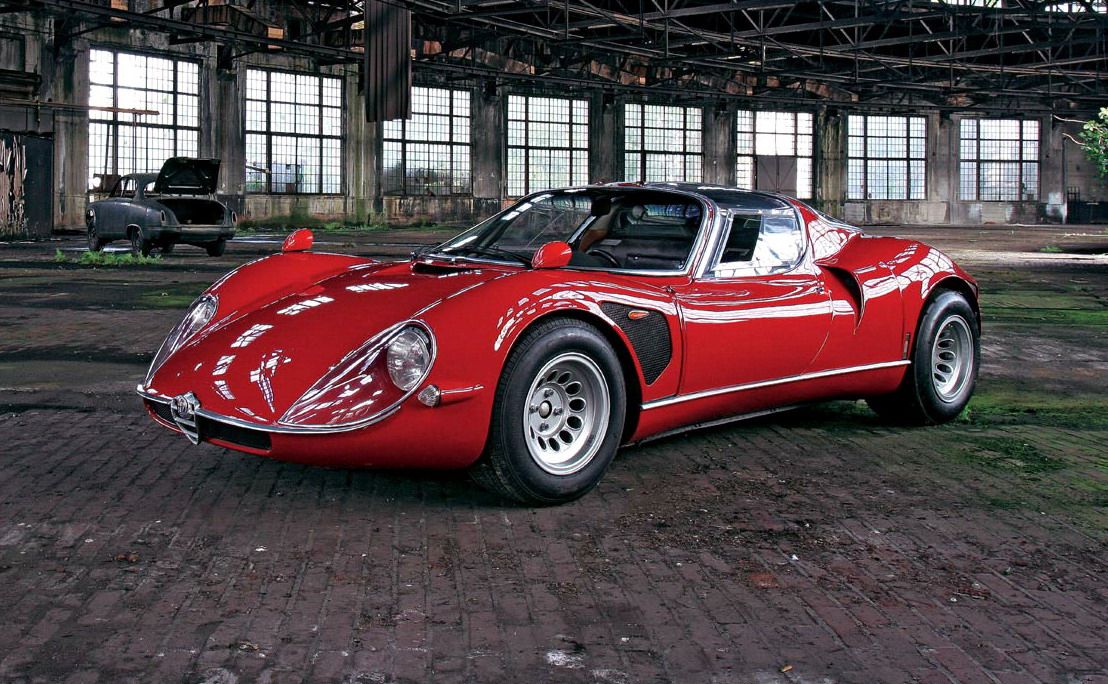Although it's no longer popular in the 21st century, coachbuilding was a very active niche of the automotive industry until a few decades ago, with companies like Ghia, Zagato, Bertone, and Frua building customizing anything from luxury vehicles to sports cars.->ke506 Most of them are unique and fetch ridiculous amounts at auctions,->ke2845 especially Ferraris,->ke252 which change owners for millions of dollars.
However, while custom-built Ferraris such as the 250 Europa Coupe by Vignale or the 250 GT SWB Berlinetta Speciale by Bertone have achieved cult status, not all unique Ferraris are as celebrated. The list of largely forgotten creations also includes the Thomassima, a trio of heavily modified Ferraris built by Tom Meade in the 1960s.
Born in Hollywood and raised in Australia and Hawaii, Meade spent most of the 1960s in Italy sourcing parts for his projects. Between 1962 and 1969, he built the Thomassima I, II, and III. While the first car was lost in a flood and the third one is being display at the Ferrari Museum in Modena, the Thomassima II was considered lost since 1971. Come 2015, the car resurfaced in the U.S. and it's being sold on eBay.
Continue reading to learn more about the 1967 Ferrari Thomassima.
ferrari-thomassima-ii
- Make: Array
- Model: ferrari-thomassima-ii
1967 Ferrari Thomassima II
- Make: Array
- Model: 1967 Ferrari Thomassima II
- [do not use] Vehicle Model: Array
Exterior
Built on an original Ferrari chassis, the Thomassima II's design draws its styling cues from the iconic 330 P4 race car. The nose, the muscular front fenders, the canopy-like cabin, and the aerodynamic rear end were all shaped to resemble the P4's. However, like many coach-built vehicles, Meade's supercar sports many features of its own.
First, the nose is longer, the headlamps significantly bigger, and the front fenders wider. The front overhang is also longer, while the rear is notably shorter, giving it a unique look. While Meade kept the 330 P4's vents in the side skirts and rear fenders, as well as the cooling vents in the doors, he did alter the shape of the engine hood. Also, he removed the P4's distinctive rear spoiler and front canards, as he wanted the Thomassima II to sport a more road-going appearance.
Around back, it features a simpler fascia compared to the P4. The spoiler is devoid of any grilles, while the diffuser and the unusual exhaust layout of the Ferrari have been replaced by a more conventional quad-pipe arrangement. Though the Thomassima II also employs round taillights, a trademark for all Ferraris in the 1960s, the clusters are different as they were sourced from another car.
In many ways, the Thomassima II seems like a hybrid between the Ferrari 330 P4 and the Alfa Romeo 33 Stradale concept. It's less aggressive than the race car, but it has plenty of Italian flair attached to it.
Interior
Unlike the exterior, the Thomassima II's interior had nothing in common with the 330 P4. While the race car had a simple panel packed with buttons and switches for a dashboard, Meade's sports car received a curvaceous unit with large speedometer and rev counter in front of the driver and three additional gauges on the passenger side. The floor received carpeting, while the seats were wrapped in soft materials to improve comfort. A three-spoke, leather-wrapped steering wheel was used instead of the P4's racing wheel, but it's design is far from appealing. In essence, the Thomassima II's cockpit was spartan even for 1960s standards.
Drivetrain
At the heart of the Thomassima II lies the same 3.0-liter V-12 engine found in the Ferrari 250 series. Designed by famed engineer Gioacchino Colombo in the late 1940s, the Colombo-type V-12 was overhauled in 1952 for the 250S before finding its way into iconic Ferrari models such as the 250 GT and the Le Mans-winning 250 GTO and 250 Testa Rossa.
There's no word as to how may horses the V-12 sends to the Thomissima II's rear axle, but the Colombo V-12 was known to generate up to 300 horsepower. The oomph travels to the wheels through a manual transmission.
Prices
Restored to its original specifications, the Thomassima II is being sold by Red Car Restorations of Rockwall, Texas for $9 million. However, this doesn't mean it's that valuable. Despite being a unique car built on a Ferrari chassis and powered by one of Ferrari's most iconic engines, the Thomassima isn't recognized as a full-fledged Ferrari. And even though the car's historical documentation includes a photo of Tom Meade shaking hands with Enzo Ferrari himself, which could hint that "Il Commendatore" approved the project, the sports car doesn't have any Ferrari badges inside and out. All told, Ferrari aficionados might have a hard time considering the Thomassima II a custom-built "prancing horse" and paying a price that could get them an authentic vehicle instead.
Competition
Alfa Romeo 33 Stradale
Much like the modern-day Ferrari P4/5 Pininfarina, the Thomassima II has no similar competition. Although the 1960s saw the birth of many unique vehicles based on production models, not many coachbuilders have ventured to design road-going versions of race cars. The only way to find a rival for this sports car is to look at factory-build road-going models based on racers, one of which is the Alfa Romeo 33 Stradale.
Derived from the Tipo 33 raced in the mid-1960s, the 33 Stradale was designed by Franco Scaglione and built in only 18 units by Carrozzeria Marazzi in Milan. Early versions had styling cues similar to the 330 P4, although the Alfa was a tad smaller and had a less aggressive design. Power came from a 2.0-liter V-8 rated at 230 horsepower, which gave it a 5.5-second 0-to-60 sprint and a top speed of 160 mph.
Significantly more expensive than a Lamborghini Miura at launch, the 33 Stradale is now estimated to worth in excess of $10 million.
Conclusion
The Thomassima II is undoubtedly a unique car with an interesting take on the 330 P4's design, and a host of Ferrari-sourced underpinnings. However, the fact that it doesn't sport Ferrari badges and that it wasn't built by a major Italian coachbuilder makes it less appealing than a bespoke 1960s Ferrari.
But despite these drawbacks, the Thomassima II remains an interesting classic to own, at least for being the P4/5 of its day and for having the iconic Colombo V-12 under its hood. The car will probably change hands at an auction in the future, but I doubt it will fetch the $9 million.

